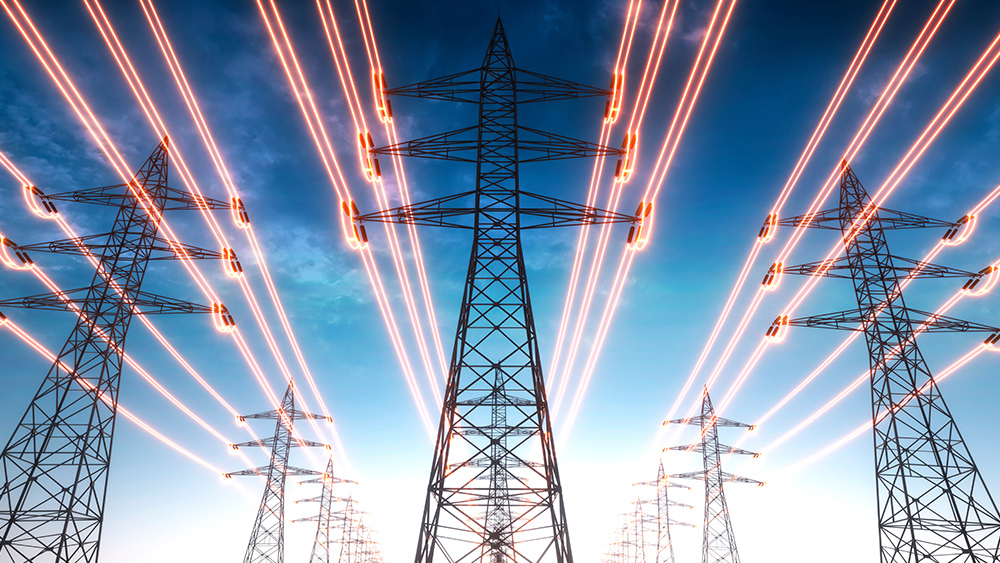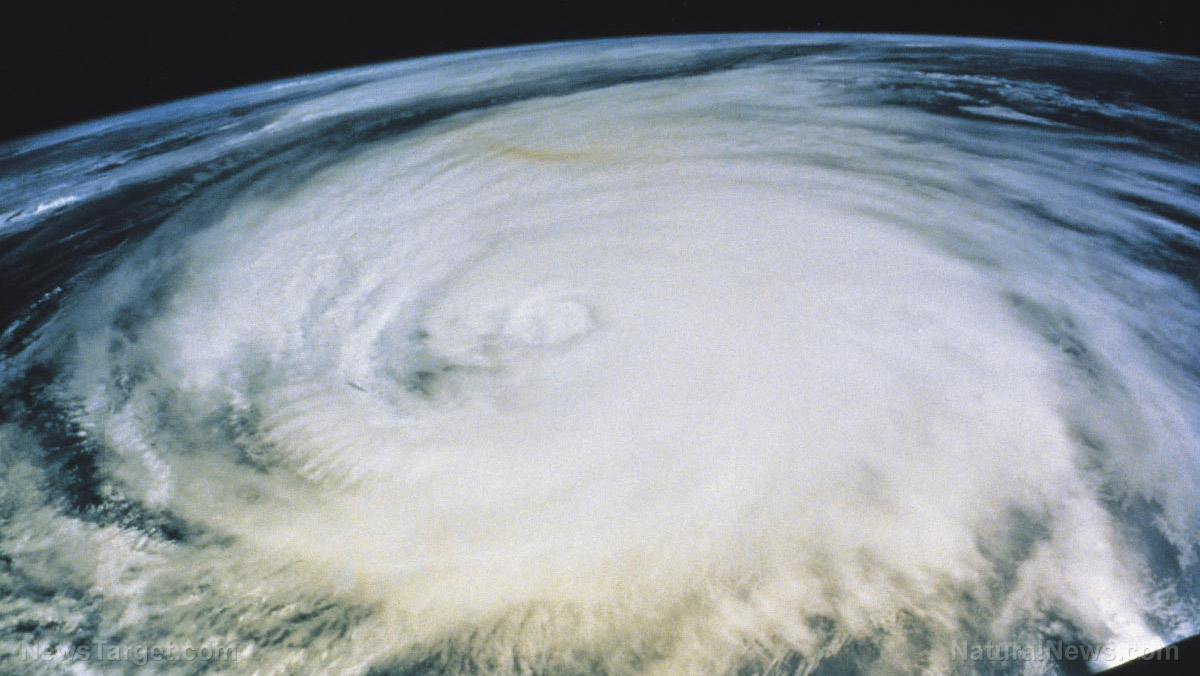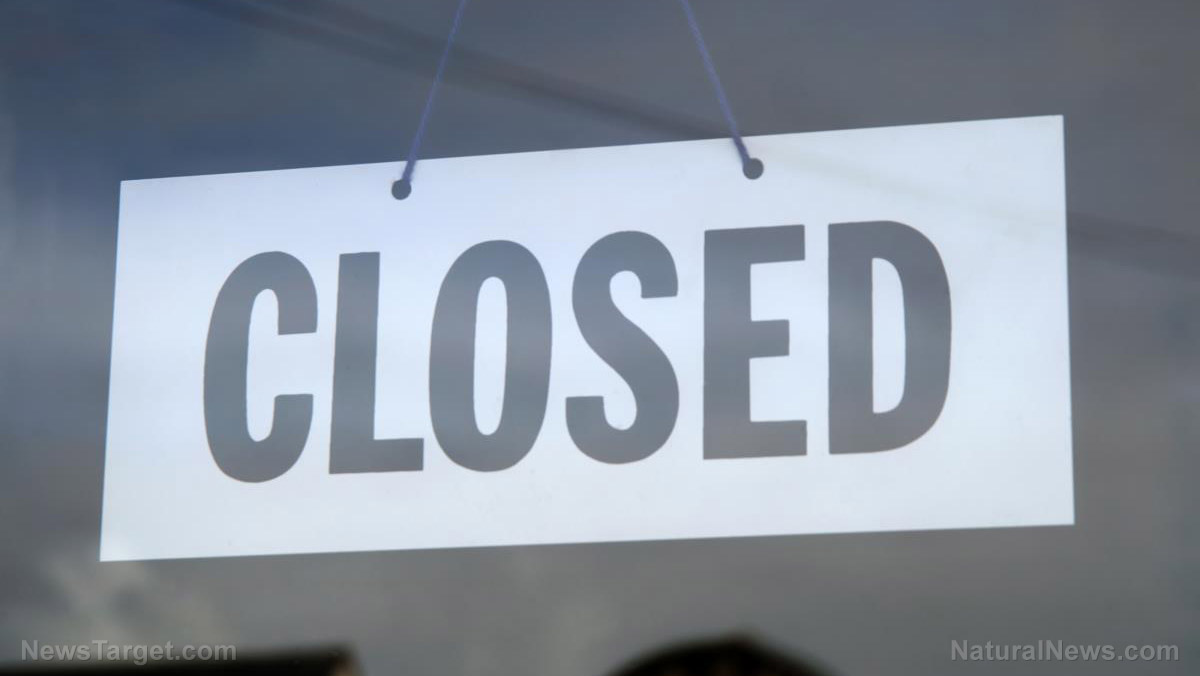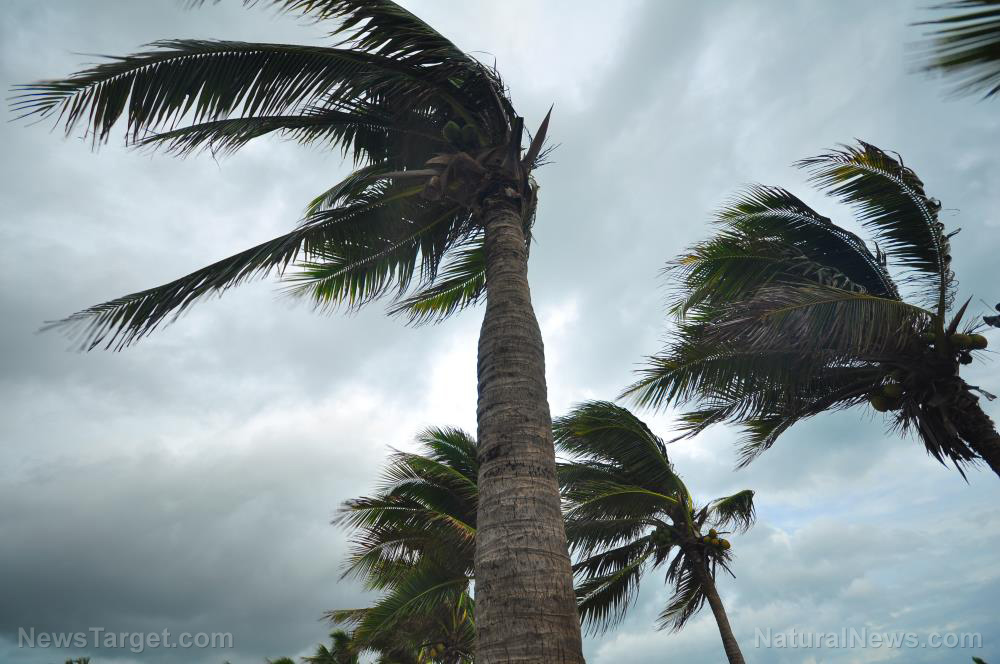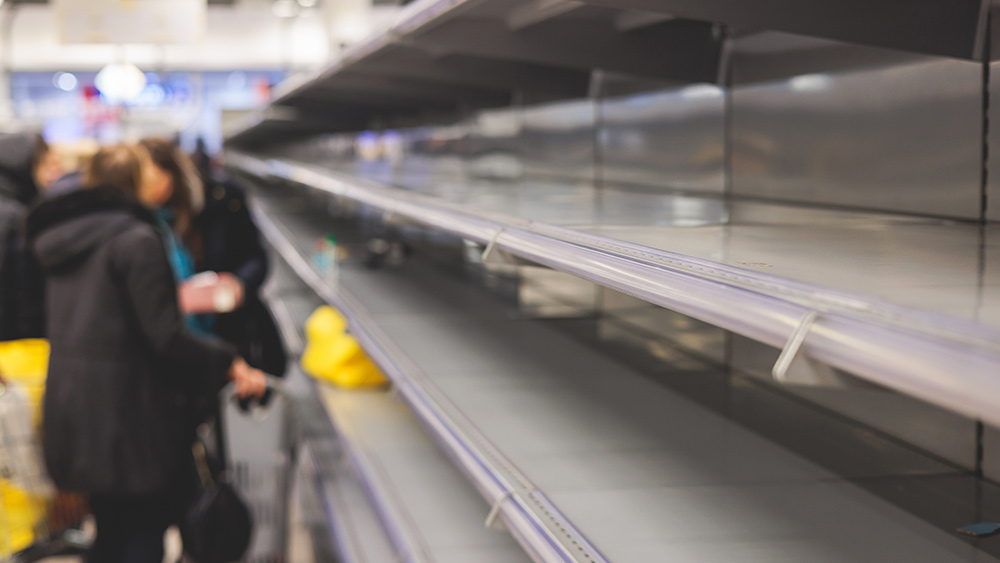NEADA: US home heating bills to rise 17% year-over-year this winter
10/05/2022 / By Kevin Hughes
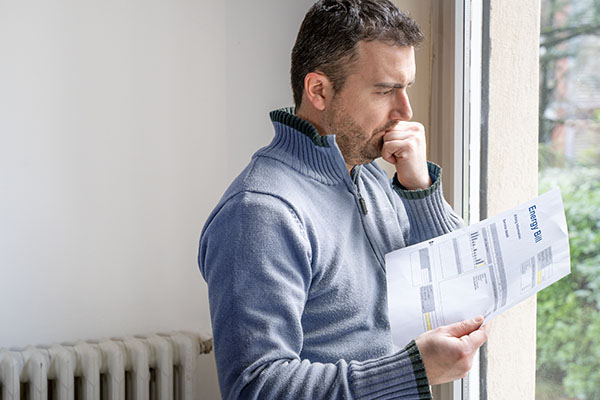
A major energy group has warned that the coming winter will be an expensive one for American households.
According to the National Energy Assistance Directors Association (NEADA), the average household heating bill in the United States is likely to rise by 17.2 percent this winter compared to the previous year. NEADA supports state agencies under the Low Income Home Energy Assistance Program, (LIHEAP) in giving federal assistance to aid low-income families in paying their utility bills.
NEADA said the average winter heating bill will rise from $1,025 to $1,202. This pushes the heating price increase to about 35 percent over the past two years, the highest rate hike in more than 10 years based on the energy group’s data.
The total cost of heating is expected to increase by a whopping $20 billion – from $127.9 billion to $149.9 billion, with lower-income households set to carry most of the burden.
“The rise in home energy costs this winter will put millions of lower-income families [at] risk of falling behind on their energy bills and having no choice but to make difficult decisions between paying for food, medicine and rent,” said Mark Wolfe, executive director of NEADA.
“As a result, NEADA sent a letter last week to the Congressional Leadership asking for a supplemental increase in LIHEAP of $5 billion to cover the higher cost of home heating and cooling as a result of [an] increased number of summer heat waves.”
American household electric bills are expected to rise by 7.5 percent from last year, according to the Energy Information Administration. (Related: New England energy company warns customers could see winter heating bills go up by 15%.)

Green energy policies, war in Ukraine cause oil and gas prices to spike globally
Worldwide energy prices have been increasing since the second half of 2021 as economies around the world bounce back from the Wuhan coronavirus (COVID-19) pandemic. But green energy policies by governments worldwide, combined with Russia’s invasion of Ukraine in February, have caused oil and natural gas prices to spike globally.
The war in Ukraine had interrupted supplies of natural gas from Russia to Europe, which depends on natural gas to power industry as well as heat and cool private homes.
Hot summers in America and Europe jacked up electricity demand, causing energy prices to soar.
While the U.S. is less reliant on natural gas for its energy requirements, it still fuels about 37 percent of domestic electricity production as stated in the EIA’s 2022 figures. According to the NEADA, natural gas costs are expected to rise 24 percent to $709. Heating oil costs will go up an approximate 54 percent to $1,876. Propane bills are predicted to increase by 15.2 to $1,828 this winter.
Winter heating costs for households using electricity will see a 6.9 percent leap to $1,328. Those who use natural gas for heating will cope with a 34.3 percent rise to $952.
As reported by Bank of America (BofA), about 20 percent of American households reported missing or making a late payment on their utility bills in August.
Families with an income of $50,000 or less are the ones that struggle the most with the increased energy costs. BofA reported that Dallas and Houston had some of the highest utility bill increases this summer, soaring 23 percent from the same time last year.
The NEADA issued identical findings last month that discovered that more than 20 million families were behind on their utility bills and owed a total of about $16 billion.
Regional utility companies like National Grid and Con Edison have already indicated their intent to increase prices.
Con Edison, one of the biggest utility companies in America, supplies energy for over 10 million people living in the New York City metropolitan area.
The power company stated that utility bill hikes are being forced mostly by “increases in the market cost of natural gas, which is volatile and also influences electric market costs,” and that other local electric and gas companies across the North East “are facing similar circumstances.”
Meanwhile, there are tried and tested ways to reduce energy costs during the winter season. One of the simplest solutions is turning the thermostat down when you are away from home and decreasing the temperature when you are asleep under warm blankets.
Always make sure that heating devices like radiators and furnaces are well maintained. Before the winter season comes, it may be a good time to clean your heating unit or change dirty filters. Sealing up air leaks in your home before the weather turns cold can also improve efficiency – next to using curtains strategically in the winter.
Follow EnergySupply.news for more news about America’s energy supply.
Watch the video below to know why American consumers can’t expect fuel and heating costs to go down anytime soon.
More related stories:
Electric bills surge across America as winter approaches.
Simultaneous shortages of coal, oil, propane and natural gas hint at impending US economic meltdown.
US headed for serious natural gas shortage and high prices this winter, experts warn.
Sources include:
Submit a correction >>
Tagged Under:
America, Bubble, chaos, debt collapse, EIA, electricity, energy supply, Europe, European Union, fuel supply, heating bill, Inflation, money supply, natural gas, NEADA, panic, power, power grid, risk, US, utility bills, winter
This article may contain statements that reflect the opinion of the author
RECENT NEWS & ARTICLES
COPYRIGHT © 2017 COLLAPSE.NEWS
All content posted on this site is protected under Free Speech. Collapse.news is not responsible for content written by contributing authors. The information on this site is provided for educational and entertainment purposes only. It is not intended as a substitute for professional advice of any kind. Collapse.news assumes no responsibility for the use or misuse of this material. All trademarks, registered trademarks and service marks mentioned on this site are the property of their respective owners.



